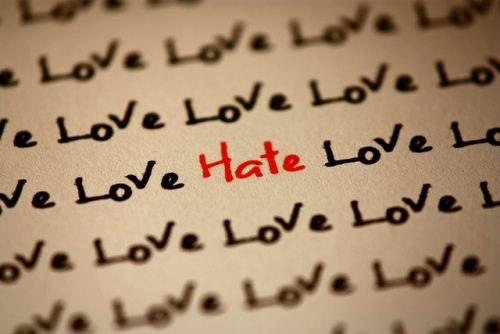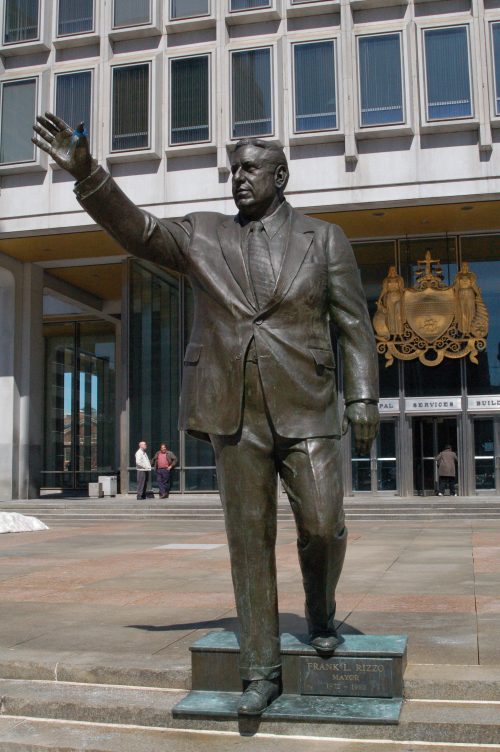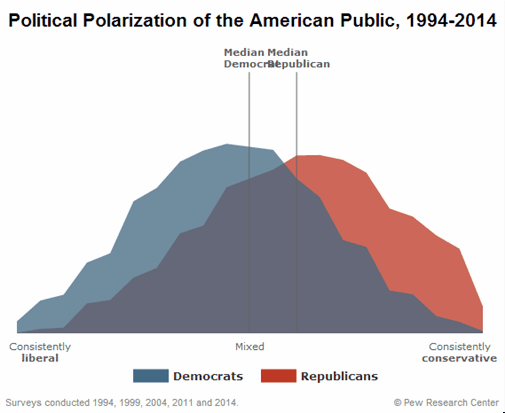Originally Posted at Discoveries
After the 2016 Presidential election in the United States, Brexit in the UK, and a wave of far-right election bids across Europe, white supremacist organizations are re-emerging in the public sphere and taking advantage of new opportunities to advocate for their vision of society. While these groups have always been quietly organizing in private enclaves and online forums, their renewed public presence has many wondering how they keep drawing members. Recent research in American Sociological Review by Pete Simi, Kathleen Blee, Matthew DeMichele, and Steven Windisch sheds light on this question with a new theory—people who try to leave these groups can get “addicted” to hate, and leaving requires a long period of recovery.

The authors draw on 89 life history interviews with former members of white supremacist groups. These interviews were long, in-depth discussions of their pasts, lasting between four and eight hours each. After analyzing over 10,000 pages of interview transcripts, the authors found a common theme emerging from the narratives. Membership in a supremacist group took on a “master status”—an identity that was all-encompassing and touched on every part of a member’s life. Because of this deep involvement, many respondents described leaving these groups like a process of addiction recovery. They would experience momentary flashbacks of hateful thoughts, and even relapses into hateful behaviors that required therapeutic “self talk” to manage.
We often hear about new members (or infiltrators) of extremist groups getting “in too deep” to where they cannot leave without substantial personal risk. This research helps us understand how getting out might not be enough, because deep group commitments don’t just disappear when people leave.
Evan Stewart is an assistant professor of sociology at University of Massachusetts Boston. You can follow his work at his website, or on BlueSky.







 Recently Nadya Tolokonnikova was
Recently Nadya Tolokonnikova was 